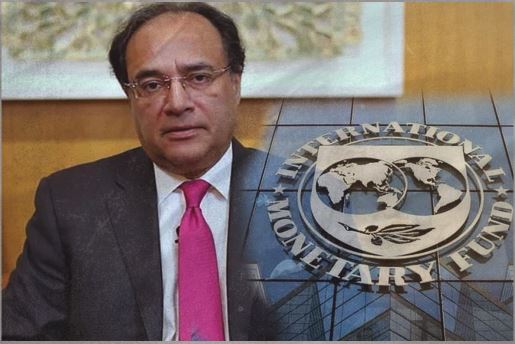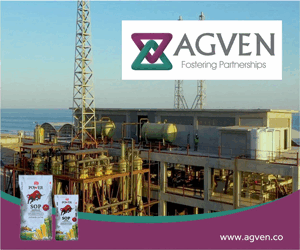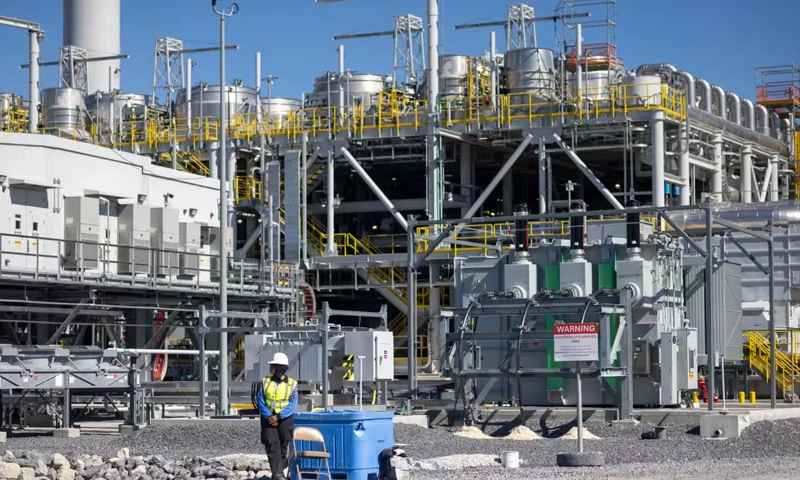- Syed Raza Hassan
- 10 Hours ago

Will the $1.1 billion IMF payout steer Pakistan’s economy out of the woods?
-

- Anusha Zahid
- Mar 23, 2024

KARACHI: This is no surprise that Pakistan has smoothly achieved IMF staff-level agreement on the second and final economic review under the Stand-By Arrangement (SBA) of $3 billion this week, becoming eligible to draw last tranche of $1.1 billion subject to final approval by the Fund-board in late April 2024.
The caretaker government has strictly maintained economic discipline under the loan programme, passing the bowl to the newly elected coalition government of Prime Minister Shehbaz Sharif to claim victory upon successfully concluding it on time and securing a new – longer and larger – package sometime in last quarter (April-June) of FY24.
The real economic test of the incumbent political government begins now. IMF has given an economic roadmap to the government like increasing the number of tax payers and collection of revenue in taxes, accelerating energy cost-reducing reforms like fixing power transmission system, phasing out captive power plants at industrial units and connecting factories to the national grid system. The measures are aimed at providing energy to the nation at an affordable price, instead of continuously increasing tariff in a bid to address the circular debt.
The non-elected new Finance Minister Muhammad Aurangzeb has taken the ‘job to be done’ on behalf of the government. However, this is by no means an easy plan to be implemented upon in letter and spirit, but requires a strong political will and a huge political capital to fix the decades-old chronic issues in months and over the next couple of years.
There is a high level understanding between the government and the IMF that Aurangzeb, along with his economic team, would approach the Fund to secure a new package – likely a three-year programme to the tune of $6-8 billion – at the annual meeting of the lender of the last resort (IMF) and the World Bank in mid of April.
The new programme is a must to ensure repayment of maturing foreign debt on time, buying time to fix structural issues in the economy, gradually ramping up economic growth and making it sustainable as well.
IMF is strongly expected to attach a new set of tough conditions under the new package including selling-off the state-owned entities (SOEs) especially the loss-making ones including Pakistan International Airlines (PIA) and Pakistan Steel Mills (PSM) to stop financial bleeding; continuously increasing energy prices to overcome circular debt worth trillions of rupees; revising NFC (national finance commission) award to reduce reliance of provinces over the federal government for finances and enabling them to generate their own new resources so that they contribute to the national kitty.
The grave task now required is for the new legislations to sail through the parliament which is going through a tough political opposition in the face of lawmakers backed by Pakistan Tehreek-e-Insaf (PTI).
Besides, the government would also be required to introduce a new national pension plan – like creating a pension fund to generate its own resources to pay the pensions and making the government free from bearing the heavy expenditures worth over Rs1 trillion a year, going forward. The aim of implementing the global practice in the country is to save finances with the federal and provincial governments to spend more on economic activities.
Read: IMF demands 18 per cent GST on petrol – HUM News (humenglish.com)
Another economic test for the government – especially for its finance minister, who was drawing Rs30 million a month in pay and perks at Habib Bank Limited (HBL) before joining the government – would be as how he would present the annual national budget in May-June for the larger number of people hardly earning minimum wages of Rs32,000/month and simultaneously the budget should be in line with the IMF guidelines like increasing revenue and making the debt sustainable.
Amidst the giant economic challenges for the new government in the office are to boost country’s exports significantly beyond the decade-old under $30 billion a year earnings without making rupee-dollar parity volatile and attracting foreign investment instead foreign loans. Such measures are must to achieve sustainable economic growth over the next three to five-years and saying goodbye to IMF. Otherwise, the nation would stay on the crossroads, thinking to acquire another loan programme five-year later down the road.
At the completion of the five-day long (March 14-19) second and the last review, IMF said in its press statement this Tuesday that the staff-level agreement recognises the strong programme implementation by the State Bank of Pakistan (SBP) and the caretaker government in recent months, as well as the new government’s intentions for ongoing policy and reform efforts “to move Pakistan from stabilisation to a strong and sustainable recovery.”
Nathan Porter, who led the IMF team at the review, said in the statement “Pakistan’s economic and financial position has improved in the months since the first review, with growth and confidence continuing to recover on the back of prudent policy management and the resumption of inflows from multilateral and bilateral partners.
“However, growth is expected to be modest this year and inflation remains well above target, and ongoing policy and reform efforts are required to address Pakistan’s deep-seated economic vulnerabilities amidst the ongoing challenges posed by elevated external and domestic financing needs and an unsettled external environment.”




